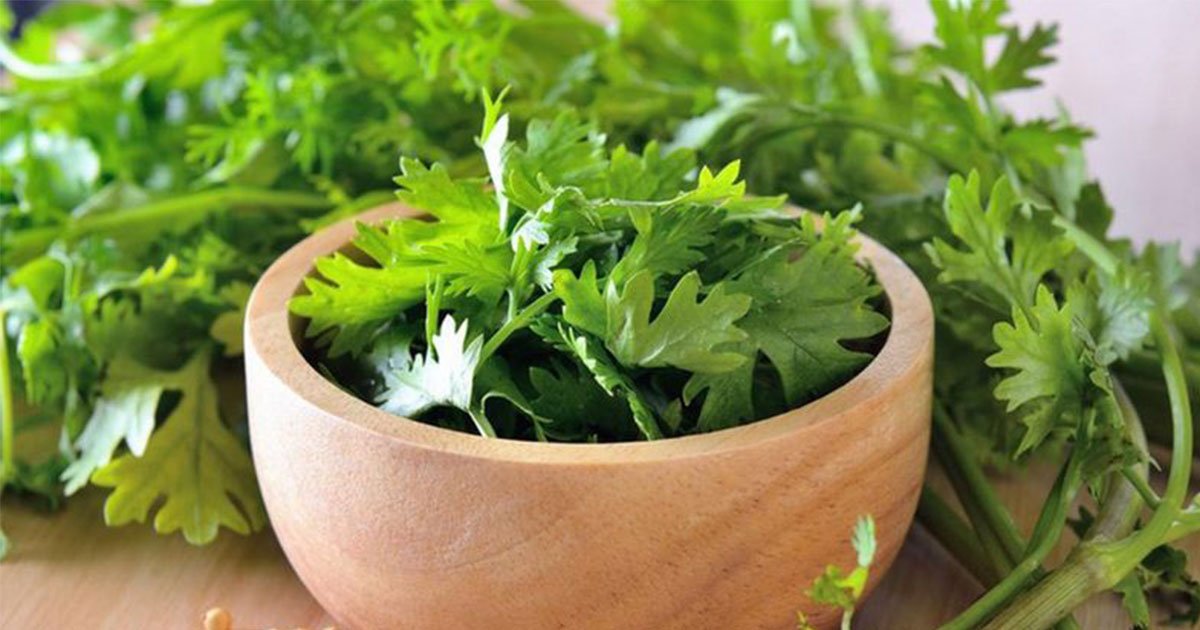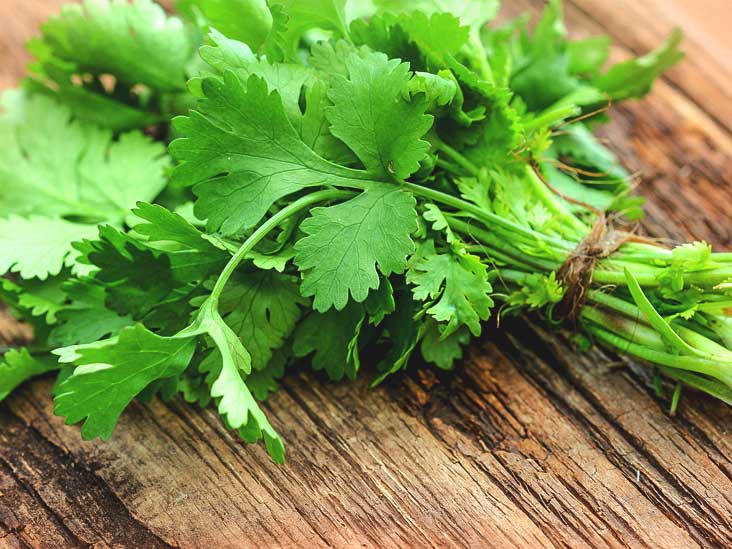Cilantro (or coriander leaves) is likely the most disruptive herb there is.
A great many people observe it to be an innocuous, new, citrus-y expansion to a wide range of Eastern dishes. At that point, there are those in the little (yet extremely, exceptionally uproarious) against cilantro camp.
These individuals aren’t simply somewhat unwilling to the herb—they severely dislike it. cilantrophobes have compared the flavor to a variety of nauseating things (rotten shoes and feline pee stand out as two of the most noticeably bad), however most state it has an aftertaste like plain ol’ messy dish cleanser.
Cilantro (additionally called Chinese parsley) is the verdant green piece of coriander, a herb local to southern Europe, northern Africa, and southwestern Asia. While a few people may think cilantro tastes terrible, it really has a crisp and citrus-y season. That is the reason it supplements tasty Mexican and Indian dishes so well. Cilantro additionally has a reviving, cooling impact—and it can help tone down the warmth from a zesty feast.
Despite the fact that cilantro and coriander seeds originate from a similar plant—and the words are frequently utilized reciprocally—the flavors and uses couldn’t be increasingly unique.
Cilantro is normally served crisp, frequently as an embellishment. Coriander seeds, in the interim, are commonly cooked and utilized entire or ground. Coriander has a warm, sweet flavor and sharp fragrance. It’s ordinarily utilized in Indian cooking, while cilantro is increasingly normal in Mexican, South American, and Asian cooking.
Despite the fact that the development of the web has enabled cilantro haters to voice their dislike on a bigger scale than previously (see: IHateCilantro.com), the herb’s flavor has dependably been a point of conflict.
In a 2001 paper, University of Otago anthropologist Helen Leach subtleties how cilantro turned into an undesirable herb in numerous pieces of Europe, starting in the sixteenth century when John Gerard considered it a “stinking herb” with “leaves of venomous quality.” Other hundreds of years old reports uncover that numerous individuals related cilantro with bloodsuckers.
While nature positively influences which sustenance you like and abhorrence, late investigations recommend that individuals who despise cilantro can likewise accuse hereditary qualities—explicitly the OR6A2 quality.
Everything boils down to how you see aldehyde synthetic concoctions, natural exacerbates that are available in cilantro: People who have a specific variety of the OR6A2 quality think cilantro has an aftertaste like cleanser, while individuals who don’t have that variety think it suggests a flavor like, well, cilantro.
A recent report from the University of Toronto found that 17 per cent of Caucasians hated cilantro, while just 4 per cent of Hispanics and 3 per cent of individuals of Middle Eastern drop are against cilantro.
In case you’re one of the unfortunate individuals who can’t stomach the flavor of cilantro, all expectation isn’t lost! Researchers imagine that it’s conceivable to beat the revolution. Wounding the herb through pounding, mincing, or pummeling (like in this new chimichurri formula) discharges a portion of the sudsy tasting proteins. Cooking cilantro—rather than eating it crude—is additionally thought to decrease the foaminess.
Recommended Video – “Everyone Should Know These 6 Sleeping Positions For Every Health Problem”




